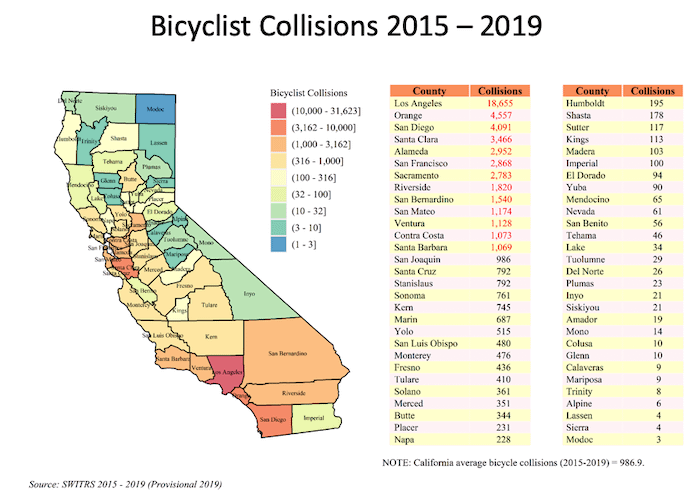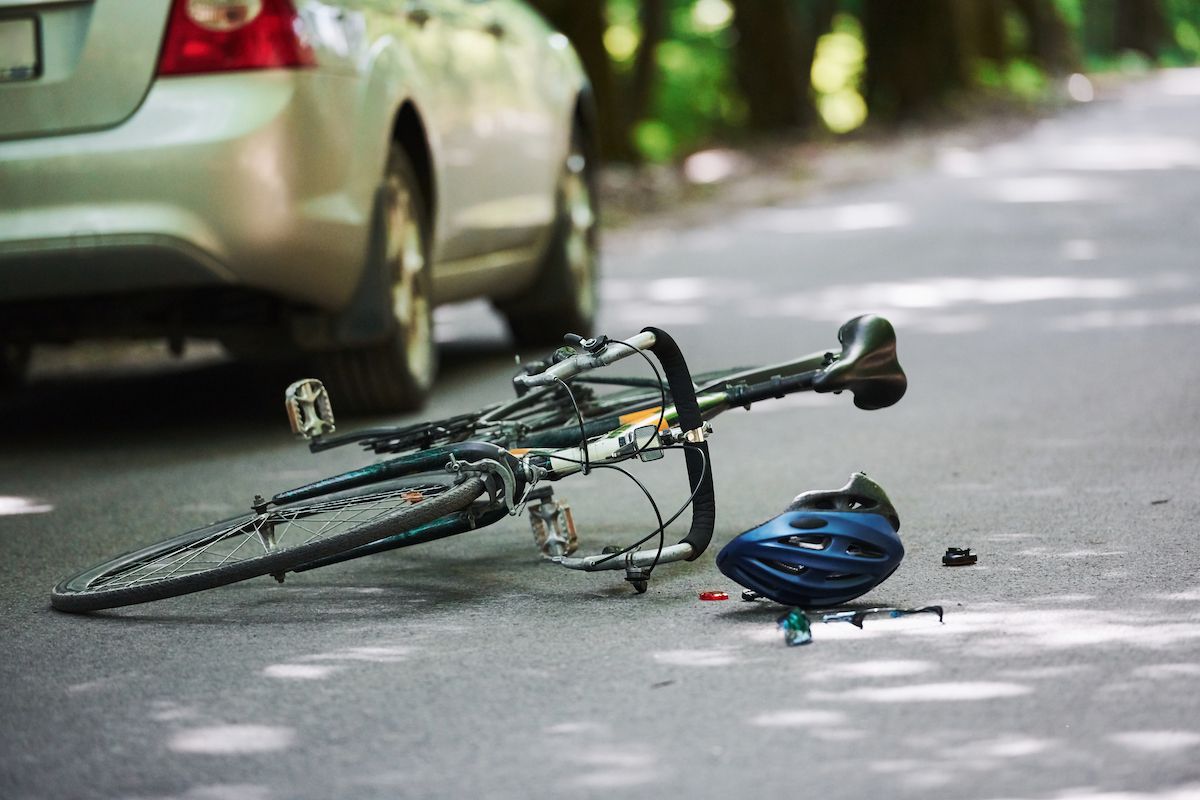Determining Liability for Injuries in Crashes Involving Bicycles
Despite Los Angeles’ reputation for high-density highways and congested streets, Los Angeles is also home to thousands of bicyclists. Some Los Angelinos use bicycles as their primary means of transportation while other Los Angeles residents use bicycles for exercise and pleasure. Indeed, anyone who spends a beach day in Santa Monica, Venice, Manhattan Beach or Redondo Beach will undoubtedly see many bicyclists peddling on the streets and up and down the boardwalk. Similarly, bicyclists are a common sight in Downtown Los Angeles and in east side neighborhoods such as Silverlake, Echo Park and Highland Park.
Unfortunately, Bicyclists are often involved in crashes that cause serious injuries. A bicycle crash usually causes injuries to the bicyclist but may also cause injuries to a motor vehicle driver or a pedestrian. The California legislature has passed a number of laws pertaining to bicycle use. When an injury is caused by a bicycle crash, these laws often come into play to determine who is ultimately liable for the accident.

The California Vehicle Code defines a “bicycle” as a “device upon which any person may ride, propelled exclusively by human power through a belt, chain, or gears, and having one or more wheels.” (California Vehicle Code section 231) However, a person operating a bicycle must generally obey the same traffic laws as a motorized vehicle (California Vehicle Code section 21200). These rules apply to all bicyclists in California, including those traveling in Los Angeles County.
For example, in California, bicyclists must ride in the same direction as the traffic. (California Vehicle Code section 21650) Accordingly, imagine a bicyclist is traveling against the flow of traffic on Santa Monica Boulevard. If a motor vehicle is forced to swerve to avoid hitting the cyclist and crashes into another vehicle, the bicyclist may be wholly or partially liable.
Alternatively, let’s consider a situation where a motorist may be liable for a bicyclist’s injuries. In California, a bicyclist traveling under the speed limit must ride as closely as practicable to the right-hand curb. (California Vehicle Code section 21200) There are a few minor exceptions such as when a bicyclist is passing another bicyclist or car or is making a maneuver to avoid a crash. However, for the sake of the example, let’s imagine that on a Saturday afternoon a bicyclist is properly driving with the flow of traffic and is traveling as close as practicable to the right-hand curb. Suddenly, a motor vehicle swerves and strikes the bicyclist’s back wheel, tossing the bicyclist to the pavement and seriously injuring the cyclist. In this scenario, the bicyclist was complying with the law and the motor vehicle driver will likely be found liable for the bicyclist’s injuries.
Of course, there are complexities and nuances to each situation. For example, when a bicyclist is injured in a crash with a motor vehicle, a motor vehicle driver will often attempt to argue that the bicyclist was “comparatively negligent.” Indeed, California’s contributory negligence laws apply to bicycles. (Flury v. Beeskau (1934) 139 Cal.App. 398.) Contributory negligence stands for the idea that a plaintiff’s (the injured party) actions sometimes contribute to his or her own injury. (Li v. Yellow Cab Co. (1975) 13 Cal. 3d 804) For all injury suits in California, the comparative negligence of the injured person will not bar his or her recovery. (Id.) However, the injured person’s damages will be diminished in proportion to the amount of negligence attributable to the injured person. This is because California is a pure comparative fault state, which means even if the injured person was 50% at-fault in the accident, they can still recover damages from the other at-fault party.
Let’s return to our previous example and add a twist. Again, the bicyclist is traveling as close as possible to the right side of the road. However, this time, he’s traveling at night and not using a visible light or reflectors. A car swerves and hits and injures the bicyclist. In the first iteration of this example, it appeared the driver of the car would likely be liable for the bicyclist’s injuries. However, in this example, the bicyclist was driving at night without a visible light. The California Vehicle Code requires a bicyclist driving at night to equip his bicycle with a “white light visible from a distance of 300 feet.” (California Vehicle Code section 21201 [In addition to other requirements for nighttime bicycle riding].) In this situation, the car driver may claim that the bicyclist was “comparatively negligent” and therefore the bicyclist’s damages should be reduced.
As you can see, the law surrounding bicycle accidents can become quite nuanced. If you were injured in a bicycle accident in California, you may have a claim for your injuries. In some situations, a motor vehicle driver may be entirely liable for a bicyclist’s injuries. In other situations, a bicyclist may be liable for a motor vehicle driver, passenger, or pedestrian’s injuries. The attorneys at MKP Law Group, LLP have years of experience representing clients who have been injured in bicycle injuries all over Los Angeles and Southern California.
Contact MKP Law Group, LLP for your free consultation today.


